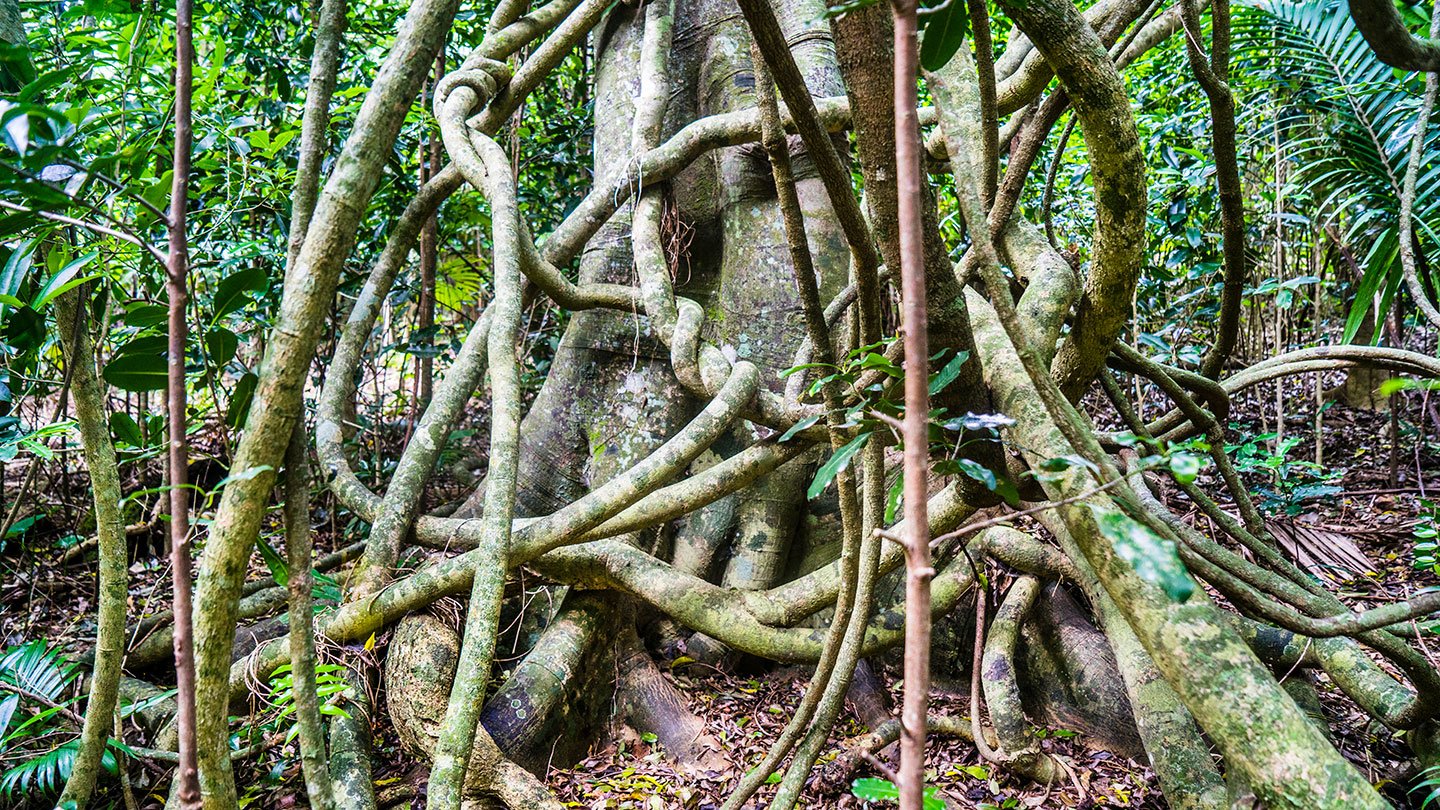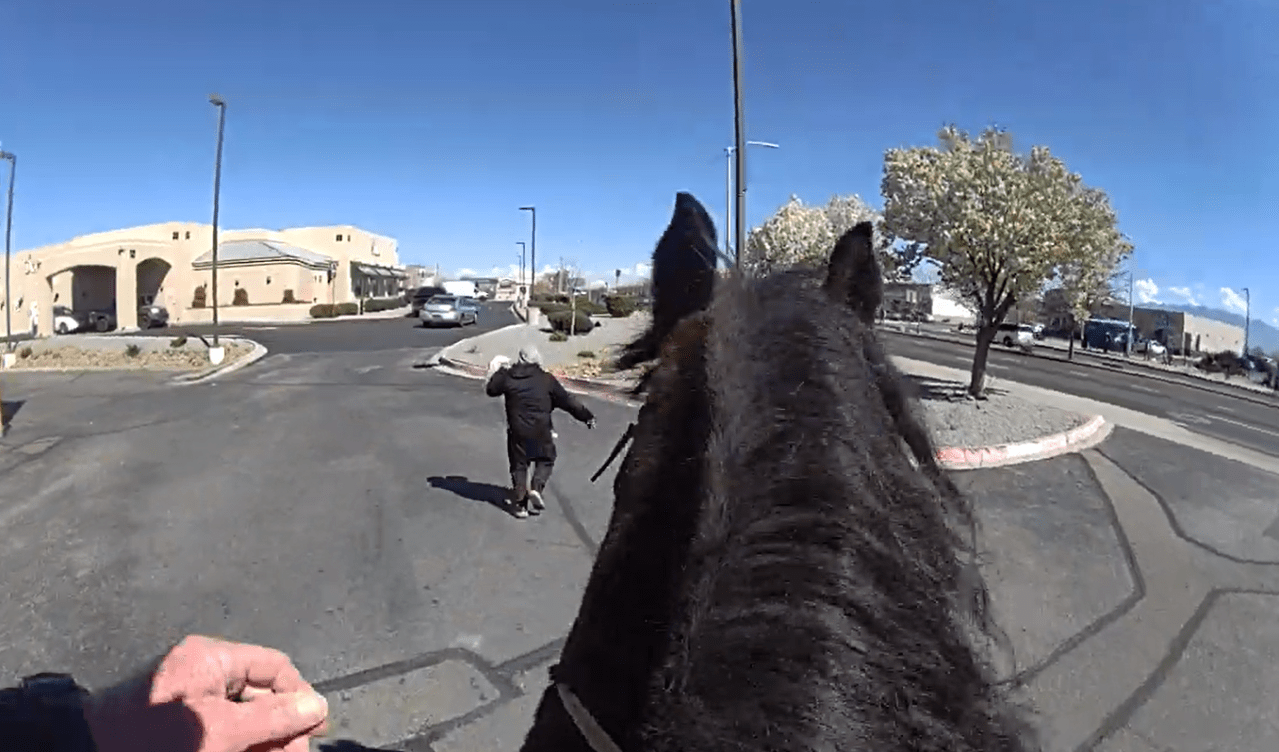
agriculture: The growth of plants, animals, or fungi for human needs, including food, fuel, chemicals, and medicine.
the atmosphere: the envelope of gas that surrounds Earth, another planet, or the Moon.
Basalt: A type of black igneous rock that tends to be very dense (unless a volcanic eruption seeded it with lots of air pockets).
the bird: warm-blooded animals with wings that first appeared during the dinosaurs. Birds are feather-jacketed and hatch from eggs that they deposit in nests of some sort. Most birds fly, but throughout history there have been occasional species that do not.
Carbon: A chemical element that is the physical basis of all life on Earth. Carbon exists freely as graphite and diamond. It is an important component of coal, limestone and petroleum, and is capable of self-bonding to form a large number of chemically, chemically, biologically and commercially important molecules. (in climate studies) The term carbon is sometimes used almost interchangeably with carbon dioxide to refer to the potential effects that some action, product, policy, or process may have on long-term atmospheric warming.
Carbon capture: (in climate science) a term for processes that remove carbon dioxide gas directly from air or water by some chemical means so that it can be stored and then either disposed of or reused as raw material.
Carbon dioxide: (or CO2) is a colorless, odorless gas produced by all animals when the oxygen they breathe reacts with the carbon-rich food they eat. When organic matter is burned (including fossil fuels such as oil or gas), carbon dioxide is also released. Carbon dioxide acts as a greenhouse gas, trapping heat in the Earth’s atmosphere. Plants convert carbon dioxide into oxygen during photosynthesis, the process they use to make their own food.
Carbonate: A group of minerals, forming limestone, that contain carbon and oxygen.
caterpillar: Larval stage of moths and butterflies. Some worm-like crawlers, caterpillars tend to feed on leaves and other plant fragments. Some, however, will eat other insects.
chemical: A substance composed of two or more atoms that combine (bond) in a specific ratio and structure. For example, water is a chemical formed when two hydrogen atoms bond with one oxygen atom. Its chemical formula is H2O. can also be an adjective to describe properties of chemical substances that are the result of different reactions between different compounds.
Compost: the breakdown, or end product of decay, of leaves, plants, vegetables, manure and other once-living material. Compost is used to enrich garden soil, and earthworms sometimes aid in this process.
Information: Data and/or statistics collected together for analysis but not necessarily organized in a way that gives them meaning. For digital data (the type stored by computers), these data are usually numbers stored in a binary code, represented as a string of zeros and ones.
balance: a condition where things are in balance. This is due to the opposing forces equaling (or canceling) each other.
geology: The study of the Earth’s physical structure and materials, its history, and the processes that act upon it. Those who work in this field are known as geologists. Planetary geology is the science of studying the same thing about other planets.
the green: (in chemistry and environmental science) an adjective to describe products and processes that cause little or no harm to living things or the environment.
Greenhouse: A light-filled structure, often with windows serving as wall and roof materials, where plants grow. It provides a controlled environment in which specific amounts of water, moisture and nutrients can be applied — and pests can be prevented.
high school: A designation in the US system of compulsory public education for grades nine through 12. High school graduates can apply to colleges for further, advanced education.
insect: A type of arthropod that as an adult has six segmented legs and three body parts: a head, thorax, and abdomen. There are thousands of insects, including bees, beetles, flies and moths.
Integrated pest management: (abbreviated as IPM) The process of using primarily non-chemical measures to reduce pest problems. IPM practices allow the use of chemical pesticides, but only as a last resort.
the larvae: Immature insects that have a distinctly different size (body shape) than adults. For example, caterpillars are larval butterflies and maggots are larval flies. (The term is sometimes used to describe such a stage of development in fish, frogs, and other animals.)
minerals: Crystal-forming substances that make up rocks, such as quartz, apatite, or various carbonates. Most rocks contain a variety of minerals mixed together. A mineral is usually solid and stable at room temperature and has a specific formula or recipe (with atoms in a specific ratio) and a specific crystal structure (ie its atoms are organized into regular three-dimensional patterns).
nutrition: A vitamin, mineral, fat, carbohydrate, or protein that a plant, animal, or other organism needs as part of its diet to survive.
pesticides: a chemical or mixture of compounds used to kill insects, rodents or other organisms harmful to cultivated plants, pets or livestock; or unwanted organisms that invade homes, offices, farm buildings and other protected structures.
difficult: Firm and shape stable; Neither liquid nor gaseous.
stress: (in biology) a factor—such as abnormal temperature, movement, humidity, or pollution—that affects the health of a species or ecosystem. (in psychology) an emotional, physical, mental, or behavioral response to an event or situation (stress) that disturbs the normal state of a person or animal or places increased demands on the person or animal; Stress can be positive or negative.
the taste: Receptors (taste buds) on the tongue (and some other organs) are one of the basic features the body uses to sense its environment, especially foods.
the urban: Of or pertaining to cities, especially densely populated areas or regions where a lot of traffic and industrial activity takes place. The development or buildup of urban areas is a phenomenon known as urbanization.
diversity: (in agriculture) the term plant scientists give to a distinct variety (subspecies) of plants with desirable characteristics. If plants are intentionally bred, they are referred to as cultivars or cultivars.
















